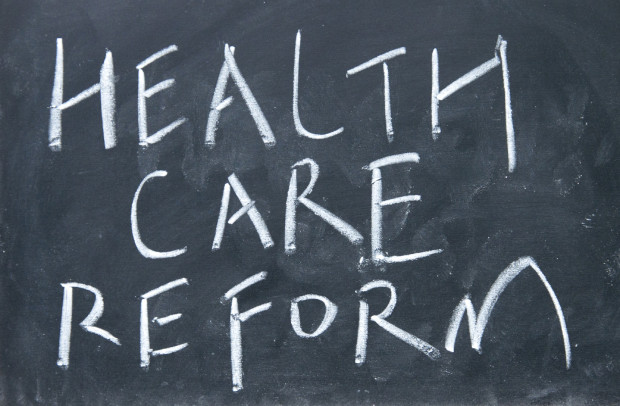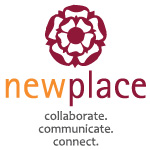
Consider What’s Next
“Healthcare” is a big word these days. Reform and systematic changes have taken the stage over the past year. Michael Wyland from Nonprofit Quarterly (NPQ) shares his review of 2013 healthcare trends in The Role of Nonprofits in Health Care: A Trends Summary, ultimately asking the big question “What’s next?”
“When discussing what’s new and changing about healthcare and nonprofits in the US, the temptation is to say, ‘Everything!’,” comments Wyland.
Here is a forecast of healthcare trends to watch for in 2014:
Behavioral healthcare integration
Providers are reimbursed for outcomes rather than services and procedures. Therefore, behaviorally-based conditions (diabetes, heart disease, obesity, substance abuse) will require recurring rather than acute treatment. Nonprofits consider this: Organizations whose missions are tied to such health conditions may related to prevention and healthy choices over damage control.
Demographic Trends
Longer lifespans of the boomer generation means more seniors are already caretakers of their Eisenhower generation parents. The senior market will demand more attention and services from healthcare nonprofits. Nonprofits consider this: More longtime nonprofit employees are aging, retiring, and also members of the “sandwich” generation. Organizations may need additional flexibility and services for these staffers.
Workforce development challenges
Many healthcare workers are preparing to retire. Younger professionals and technicians are smaller in number and less inclined to pursue healthcare careers. The future challenge is to attract and retain a quality workforce. Nonprofits consider this: Health Care-related nonprofits may experience a shift in the number of volunteers and professional resources for programs (such as clinics, information fairs, etc.) requiring support by those with healthcare and wellness knowledge.
Fundraising opportunities
Nonprofit hospitals and medical systems are focusing on constructing new buildings. Development teams are working to craft more diversified fund development plans for a wider range of purposes, with the intention of attracting high-quality specialists. Nonprofits consider this: Nonprofits located where healthcare systems and facilities are growing may benefit from more collaborations and partnerships to enjoy more visibility and opportunities. As healthcare systems have a big presence in their communities, many have foundations, educational programs, and outreach initiatives in such areas of children’s wellness, women’s disease prevention, and diversity, for example.
For a comprehensive review of healthcare trends, visit nonprofitquartery.com to read The Role of Nonprofts in Health Care: A Trends Summary.







